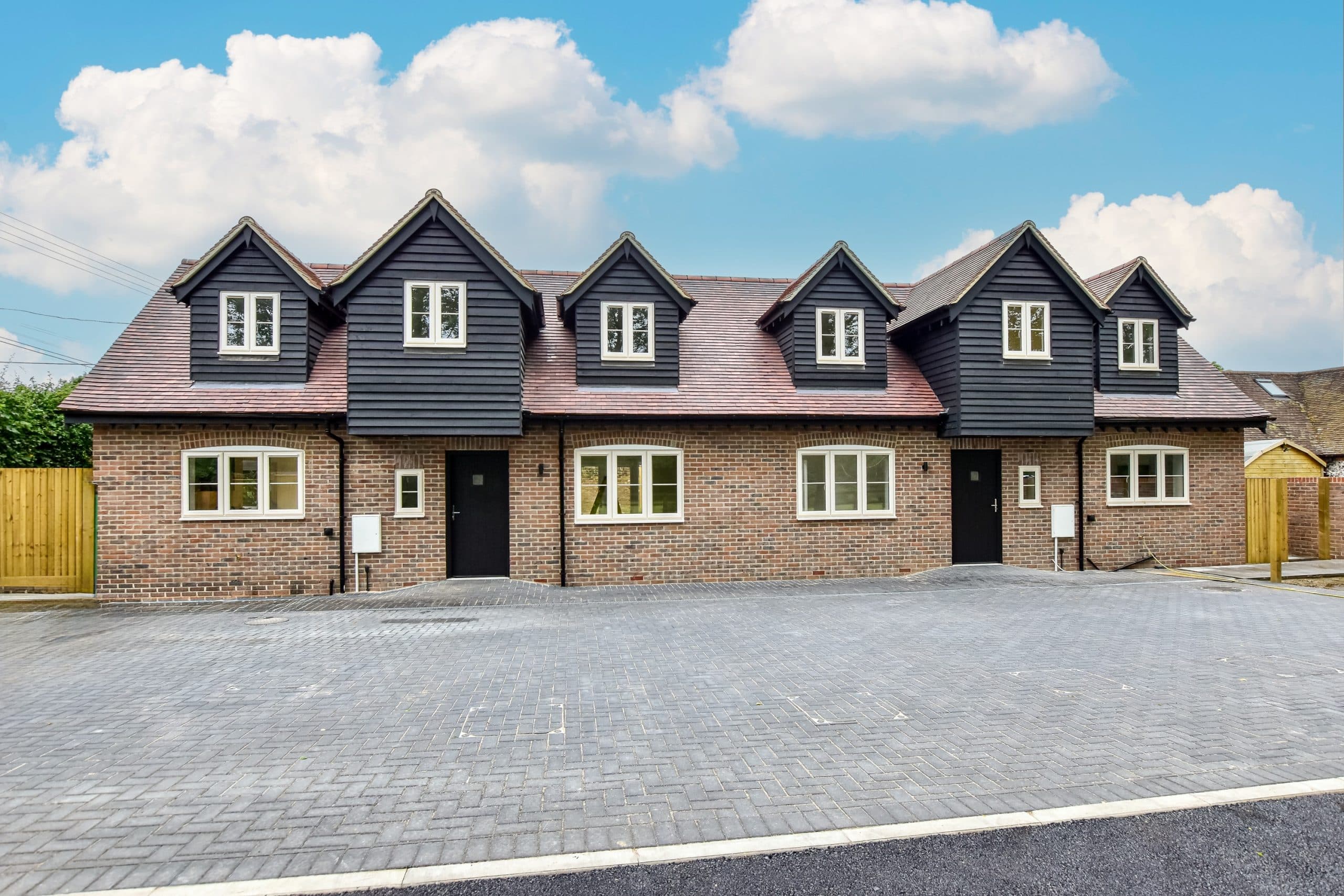Bridging loans can be a useful tool in any property buyer or developer’s arsenal. They provide reliable, short-term financing to get a deal over the line, to buy time to find permanent funding or to allow various processes to complete. Their quick nature, however, often means they come with higher interest rates.
In this guide, we’re going to take a deep dive into bridging loans. We’ll cover what they are and how they work, how to get a bridging loan, how long it takes, and some of the general pros and cons that you need to know. With that in mind, let’s get going.
What is a bridging loan?
Put simply, a bridging loan is there to provide short-term financing to ‘bridge the gap’ when a person or company needs more time to secure permanent funding, or to remove an existing financial obligation.
Bridging loans are most commonly used in relation to the buying and selling of property, and that’s what we’ll be focusing on here, but they do also exist for other commercial uses. They’re loans of generally 12 months or less that provide immediate access to funds while you’re in the process of gaining longer-term financing such as a mortgage. There are many reasons why people may take out a bridging loan such as:
- Wanting to buy a new home while waiting for your current home to sell
- Being part of a chain that’s collapsed and avoiding losing your desired property
- Purchasing a property at auction
- Property development
- Investing in buy-to-let property
- Fulfilling financial obligations such as tax payments or divorce settlements
How does a bridge loan work?
Bridging loans work in a similar way to other types of loans. Depending on your circumstances, such as how much equity you have available, you could borrow anywhere between £50,000 and £10 million. It’s secured against the property, or in some cases across multiple properties. The maximum amount, including interest, is usually limited to 70% LTV. However, unlike a traditional mortgage, a bridge loan is not tied to your income.
There are two types of bridging loans: open and closed. Open bridging loans have no fixed repayment date and are repaid when your long-term financing becomes available. Generally, the lender will require repayment within 12 months, however.
Closed bridging loans have a fixed repayment date which is usually decided based on when your funds become available. Although they offer less flexibility, closed bridging loans are often cheaper as they represent less risk for the lender. However, whichever option you choose, the lender will require an exit plan that contains details of how and when you plan to repay. Usually, this is through the sale of a property or from being granted a traditional mortgage.
Another element to bridging loans is whether they are first-charge or second-charge. A first-charge bridging loan is when a charge is placed against the property when you take out the loan. These apply to people who own the property outright and when it comes to the sale, the lender will be the first to be repaid.
A second-charge loan is for those who already have a mortgage or loan secured against the property. This will make the bridging loan the second charge, and when it comes to resale, the existing lender will be paid first. If this applies to you, you may need explicit permission from your existing lender to take out a further loan.
How much does a bridging loan cost?
One of the main considerations of a bridging loan is that they tend to be a more expensive way to get finance. However, for many people, this is seen as an acceptable cost in relation to the speed at which funds become available.
The interest rates vary depending on your lender, but you should expect anything from 0.4% to 2%. However, many lenders calculate their interest monthly rather than as annual percentage rates (APR). This means that even small changes in interest rate can have significant impacts on overall costs. Average annual interest rates range between 8.5% and 13%, although this can change with the base rate.
For example, if you take compound interest into account, a 1% monthly interest rate is the equivalent to 12.7% APR, and 2% comes out to 26.8%.
On top of this, there are various fees to consider:
- Arrangement fee: often 1-2% of the total loan
- Exit fees: some lenders may charge a fee for paying off the loan early, typical around 1%
- Admin, legal & valuation fees: these can differ from lender to lender
How to get a bridging loan
Most bridging loans aren’t available from high street lenders and you will almost always need a specialist broker. The process for getting a bridging loan can vary depending on your reasons for the loan, but the fundamentals often remain the same:
- Speak to an advisor who specialises in bridging finance and who has a network of lenders. They will then make enquiries on your behalf and discuss your options.
- Your application is made.
- The lender will arrange a valuation of any properties involved in the agreement. They will also conduct checks on the borrower. These can include credit check, other mortgages, and more.
- The lender either approves or denies the application.
- If approved, solicitors take over the conveyancing of the property and place the charge. They will also liaise with all parties and carry out remaining legal work.
- Once all parties are satisfied, the funds are released
How long does a bridging loan take?
Typically, the whole process for a bridging loan can be completed in 7-10 days. Although the process sounds complicated, the reasons why people need bridging loans necessitates their speed. In many cases however, you’ll be able to get a decision on your application within 24 hours.
There are some factors which can impact the timing of a bridging loan such as the speed of the valuation, how fast the various solicitors conduct their work, and the approval of any existing lenders. Different companies have different processes but as a general rule, the faster you need access to the money, the higher the costs will be.
Pros and cons of bridging loans
Like any financial agreement, there are pros and cons to bridging loans that could make or break whether they are the correct choice for your needs.
Pros
- Quick access to money
- Potential to borrow large amounts
- Lots of flexibility
- Not tied to income
- Can use multiple properties as collateral
Cons
- High interest rates
- Higher associated fees and costs
- Exit fees
- High risk option
If you’re interested in a bridging loan and feel it could be the solution to your needs, don’t hesitate to contact us to discuss your options or apply in principle for a quick decision.






